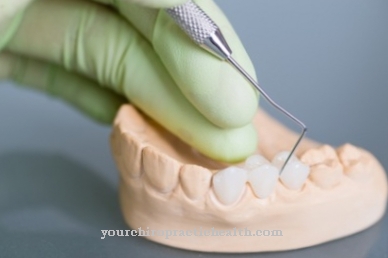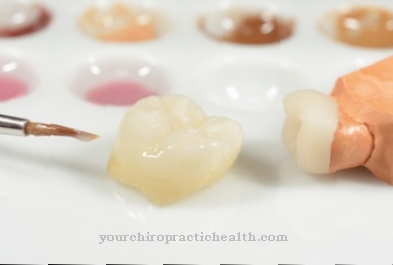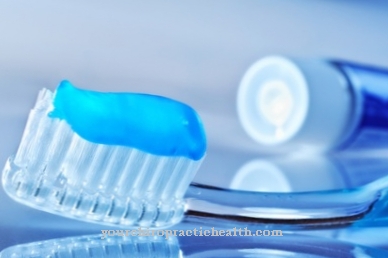Teethers are supposed to make teething easier for babies. They support the breaking through of the gums, massage it and can alleviate the pain somewhat, as well as provide play and distraction. Parents can choose from a wide range of different designs with different properties.
What are teethers?

Teethers are small, usually ring-shaped objects that teething babies can safely chew on. Their diameter must be large enough not to be swallowed and small enough to fit into the baby's mouth.
There are different variations and not all babies will accept every teether. They are made of non-toxic, semi-soft, semi-solid material. Plastic is mostly used, but there are also wooden or natural rubber teething rings.
The term "bite ring" should not be interpreted too narrowly. In addition to the usual ring shape, there are also other variants, for example x-shaped teething rings, the legs of which also easily extend to the rear molars.
Teething rings must not pose any risk of injury, for example through sharp corners or edges. The material must also be absolutely non-toxic. Also detachable, swallowable small parts must not be present. A teether for babies should also be easy to clean and not have grooves or rough surfaces in which bacteria can settle.
Some variants are characterized by small nubs or other attachments on the bite surface, which make chewing even more interesting for the teething infants and which should massage the gums even better.
Shapes, types & types
During teething, babies have an increased need to chew on objects. The resulting massage of the irritated gums causes pain relief. Teething rings are therefore usually instinctively directed to their destination by the Baybies.
Teethers come in many different designs and often in shapes that infants can easily grasp. Gripping and holding objects can also be practiced at the same time. Acoustic stimuli can also be given, for example through hollow molds with rattling filling. This can provide additional distraction from any jaw or gum pain and thus have a calming effect.
Some teethers are filled with a liquid and can be refrigerated, which is another relief for the babies. The cold also calms the slightly inflamed gums and swollen areas can recede.
Chewing also stimulates the salivary glands. The saliva has a calming effect on inflamed or irritated areas of the gums and at the same time helps to protect the new teeth. In this way, they are cared for from the start and a healthier oral flora is ensured.
Too often, the care of milk teeth is neglected or not considered important because they fail after a few years. However, well-cared-for milk teeth save small children dental interventions and offer a healthy starting environment for the second, permanent set of teeth. They also fulfill important functions in eating and speaking and should therefore be cared for and preserved just as thoroughly as the subsequent teeth.
In order to achieve the best possible effect through the use of teething rings, the care instructions should urgently be observed.For example, they must not be treated with harsh cleaning agents, even if parents may believe that they are using disinfectants to ensure that the utensil is as bacteria-free as possible. Because, depending on the material, teethers can be attacked by too sharp means that the material changes. In most cases, they must not be cleaned in the dishwasher either.
Teething rings should be replaced immediately, even if they are slightly damaged. A roughened or cracked surface makes it easier for bacteria to adhere or can damage the delicate lining of the mouth.
You can find your medication here
➔ Toothache medicationMedical & health benefits
The milk teeth in babies usually begin to erupt from the 6th month. In many cases, the first teeth visible are the lower incisors. After a few years they fail and are replaced by the second, permanent set of teeth. This is less painful for children than the first teething.
The first dentition (teething) can be very stressful for babies. The milk teeth already present in the jaw begin to grow out and break through the surface of the gums. In some cases it is almost uncomplicated or even completely painless, but often babies are particularly tearful during this time.
In addition to pain, teething may be accompanied by fever, inflammation and restlessness. The gums can swell and lead to "chubby cheeks". These symptoms together can put the infant in a general state of attack. Relieving one of the symptoms that occur can therefore ease the condition and make it much more bearable.
Biting about anything is the instinctive response of the teething infant. It keeps you busy and distracted, and it brings relief from gum pain.
Symptoms such as fever must still be reported to a pediatrician. It is dangerous to attribute this to the teething without professional consultation, as more serious diseases that happen at the same time, such as otitis media, can remain undetected and thus untreated for too long.

.jpg)






















.jpg)



